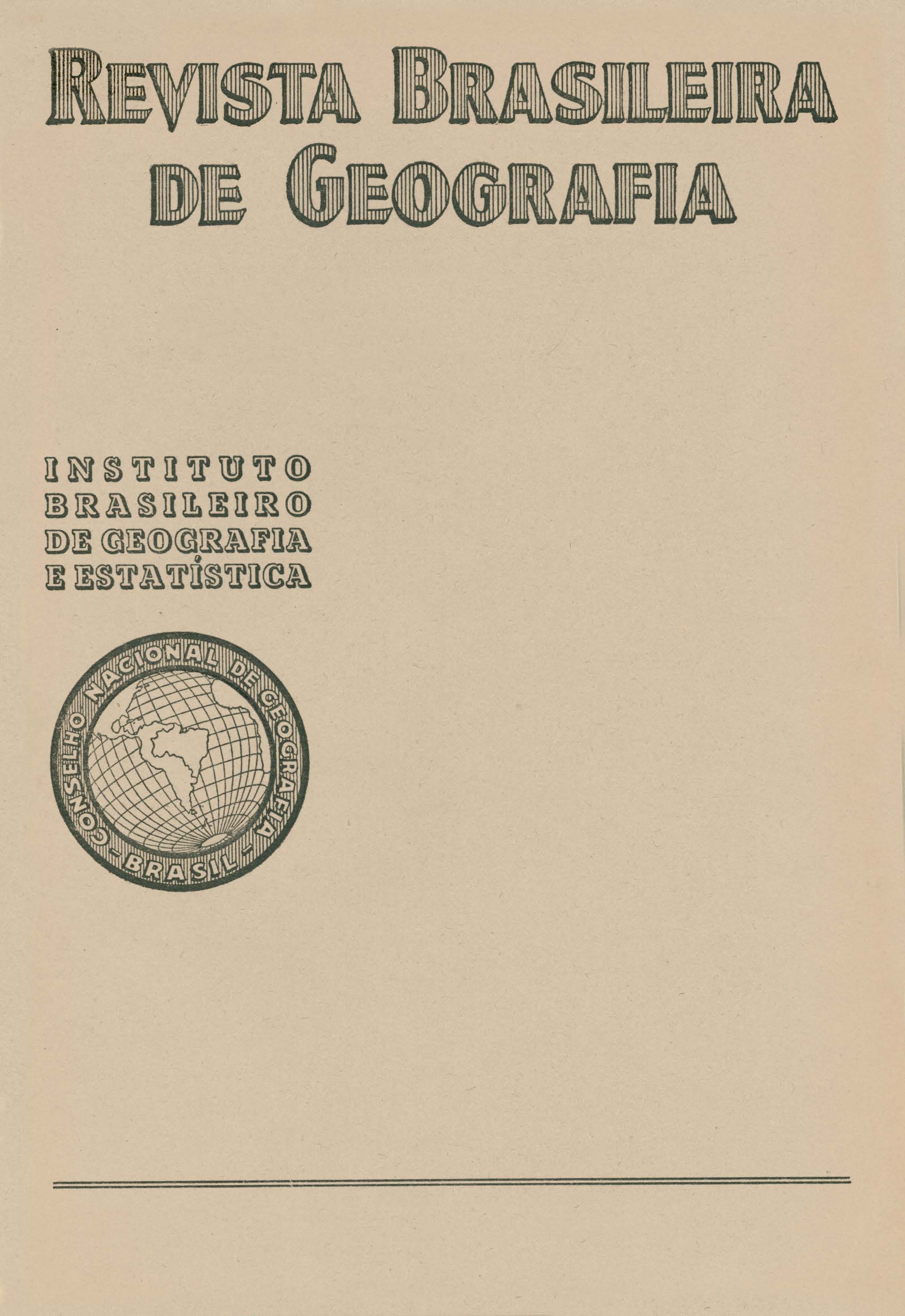A Geografia e sua influência sobre o urbanismo
Resumo
In this number the engineer of the municipality of the Federal District, Jeronymo Cavalcanti, a well-known Brazilian urbanist with special studies in American and European capitals, starts his work in the "R. B. G." under the generic title of "Geography and its influence upon Urbanism".
He stresses the fact that an agreable climate, an alluvial nugget, or a strategical position are; inter alis, determining factors of the creation of cities, and arrives at the conclusion that, by the extraordinary influence of geography in exacting that in the planning of a city, or in the remodelling of it, the trends indicated by the topographic. meteorological, hydrographic, altimetric and antropogeographic conditions should be obeyed, the urbanist ought to "obtain information about the primitive periods so that, upon the motives of the past he may lay out the city of the future, without abandoning the present".
He studies the birth of the city of Rio de Janeiro, and demonstrates the Presence of the factors: insufficient sunlight in the narrow streets, position of Praça 15 as à port and altimetric position of Morro do Castelo (Castle Hill), as an affirmaiton that, even In the rudimentary and unconscious aspect of that time, "urbanism was already a tangible fact of urban geography". · He cites Kohl when, at the time when Urbanism, as a science, was only intuitive, in studying the Laws to Which human residence was subject, the demonstrated that they constituted a science, the practice of which had to obey the precepts of antropogeography, and showed. the example of ancient cities,
He goes on to describe the hyglenic and the economic city, and gives examples In Rio of the geographic influence upon plans and densities, such as Copacabana, thickly populated, expensive land and de luxe architecture, as a consequence of being situated on the beach, and the "favelas" (hill slums), houses on the hills of difficult access, with sloppy architecture and of a different social type to Copacabana.
He states that Urban Geography is not merely a highsounding Iabel, but that it has a real existence. He demonstrates that the geometric form of the cities, under the light of Urbanism, must be subjected to the principle o! extension of Ratzel, since it occupies a part of the surface of ·the earth, attending also to the correlation principle of Ritter, since 'it inspires itself in similar relations existing In other countries, and to Humboldt's principle of causality, since it investigates the cause and observes the effects of the phenomenon. The city of São Paulo, presented by the author, offers a practical demonstration of the application of those principles, which are the very principles of scientific geography.
In referring to the city of Recife, on which he submits a study similar to that of São Paulo, minute and with interesting details, he mentions that man, there, owing to the constitution of the city In three geographically defined zones (the peninsula, the island and the continent) has determined the extension of the occurring phenomena, from the hydrographicn system to the climatological, from the lowlands of the coast to the highlands of the interior; he Iooked for its causes In its topography and meteorology and, having found its effects, made a list of them and compared them with what he knew by experience of other parallels and meridians, and verified that the work to be done was one of human technique adapted to man's comforts and natural resources. "The sequence o! these observations .is nothing more than the application of the principles of Ratzel, Humboldt and Ritter to the service of scientific geography". "Urban geography is, in the case, like a rail that guides, directs and conducts Urbanism".
In conclusion he says that two elements of formation, specifically geographic - the hill and the river - were, respectively, the generating cause and the directing guide of the Urban Morphology of S. Paulo and Recife. Describing the various aspects of those cities and submitting examples of European ones, of the application of scientific principles of urban geography, that ls, of extension, correlation and causality, he arrives at the conclusion that the same examples "are sufficient to affirm and confer ·to Urban Geography a real individuality, and to classify it alongside of politic and economic geography, as an authentic subdivision of human geography".






